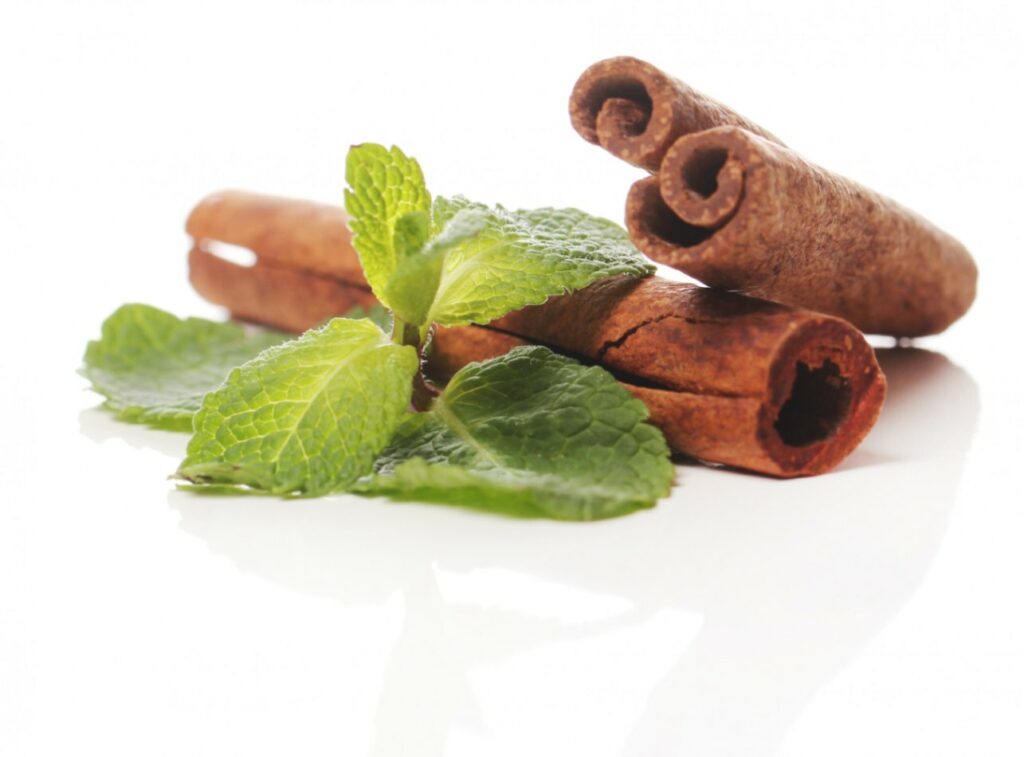
Welcome to the enchanting world of Indian medicinal plants, where nature’s pharmacy unfolds in a vibrant tapestry of healing. India, with its rich biodiversity, is a treasure trove of botanical wonders that have been revered for centuries for their therapeutic properties. From the misty slopes of the Himalayas to the coastal landscapes of the Indian subcontinent, a diverse array of plants have been harnessed by traditional healers and modern practitioners alike.
In this exploration of Indian medicinal plants, we delve into the ancient wisdom that has seamlessly integrated with contemporary healthcare practices. These plants, deeply rooted in Ayurveda, Siddha, and other traditional systems, offer not only remedies for various ailments but also a holistic approach to well-being.
Join us on a journey through the lush landscapes of India, where each leaf, flower, and root tells a story of resilience and rejuvenation. Discover the secrets held within the Ayurvedic texts, where the synergy of herbs unfolds like a poetic prescription for a balanced and harmonious life. From the ubiquitous neem with its myriad benefits to the sacred tulsi that graces countless households, every plant has a role to play in the intricate dance of healing.
As we navigate the verdant terrain of Indian medicinal flora, let us uncover the science behind the folklore, bridging the gap between tradition and modernity. In this exploration, we celebrate not just the plants themselves, but the cultural heritage and sustainable practices that have sustained their presence in the wellness landscape.
Embark on this botanical voyage, where the leaves whisper ancient remedies, and the blossoms bloom with the promise of health. Together, let’s unravel the tales woven into the fabric of Indian medicinal plants, embracing the harmony they bring to the symphony of life.
Table of Contents
Top 20 Indian Medicinal plants
1. Neem (Azadirachta indica)

The adaptable neem (Azadirachta indica) tree is one of the most commonly known herbs & well-known for its many uses and advantages. Neem leaves, bark, seeds, and oil are among the elements of the tree that have historically been utilized for cosmetic, medicinal, and agricultural uses. The following are a few advantages of neem
- Antibacterial and Antifungal Properties
- Skin Care
- Dental Health
- Anti-inflammatory Effects
- Immune System Support
- Antioxidant Properties
- Insect Repellent
- Blood Sugar Regulation
- Pest Control in Agriculture
- Wound Healing
2. Tulsi (Ocimum sanctum)

In Hindu culture, tulsi, sometimes called holy basil or ocimum sanctum, is a sacred herb that is prized for its therapeutic qualities. It has been a part of conventional Ayurvedic therapy for ages. The following are some possible advantages of tulsi:
- Adaptogenic Properties
- Antioxidant Effects
- Anti-Inflammatory Properties
- Immune System Support
- Respiratory Health
- Anti-microbial Properties
- Cardiovascular Health
- Anti-diabetic Potential
- Stress Reduction
- Anti-depressant Effects
3. Ashwagandha (Withania somnifera)

For ages, Ayurvedic medicine has utilized the adaptogenic herb ashwagandha (Withania somnifera) in its traditional forms. It is regarded as a revitalizing plant and is well-known for its many health advantages. These are a few possible advantages of ashwagandha:
- Adaptogenic Properties
- Stress Reduction
- Improved Energy Levels
- Cognitive Function
- Immune System Support
- Hormonal Balance
- Anti-inflammatory Effects
- Sleep Improvement
- Muscle Strength and Recovery
- Antidepressant Effects
4. Aloe Vera (Aloe barbadensis miller)

Succulent aloe vera, or Aloe barbadensis miller, has long been valued for its therapeutic qualities. There are several health and skincare advantages associated with the gel that is obtained from the leaves of the aloe vera plant. The following are a few possible advantages of aloe vera:
- Skin Care
- Wound Healing
- Sunburn Relief
- Acne Treatment
- Anti-inflammatory Effects
- Moisturization
- Scar Reduction
- Digestive Aid
- Joint and Muscle Support
- Blood Sugar Regulation
5. Turmeric (Curcuma longa)

Ayurvedic medicine has long employed turmeric (Curcuma longa), a spice that is frequently used in traditional Indian cooking. Turmeric’s key ingredient, curcumin, is what gives it many health advantages. The following are a few possible advantages of using turmeric:
- Anti-Inflammatory Properties
- Antioxidant Effects
- Joint Health
- Digestive Health
- Heart Health
- Brain Health
- Cancer Prevention
- Anti-Bacterial and Anti-Viral Properties
- Skin Health
- Blood Sugar Regulation
6. Brahmi (Bacopa monnieri)

Due to its possible cognitive and adaptogenic properties, brahmi (Bacopa monnieri), sometimes referred to as water hyssop or bacopa, is a traditional Ayurvedic plant that has been used for millennia:
- Cognitive Function
- Adaptogenic Properties
- Anxiolytic Effects
- Antioxidant Properties
- Anti-inflammatory Effects
- Neuroprotective Effects
- Cardiovascular Health
- Improvement in Attention and Focus
- Hair Health
- Gastrointestinal Health
7. Ginger (Zingiber officinale)
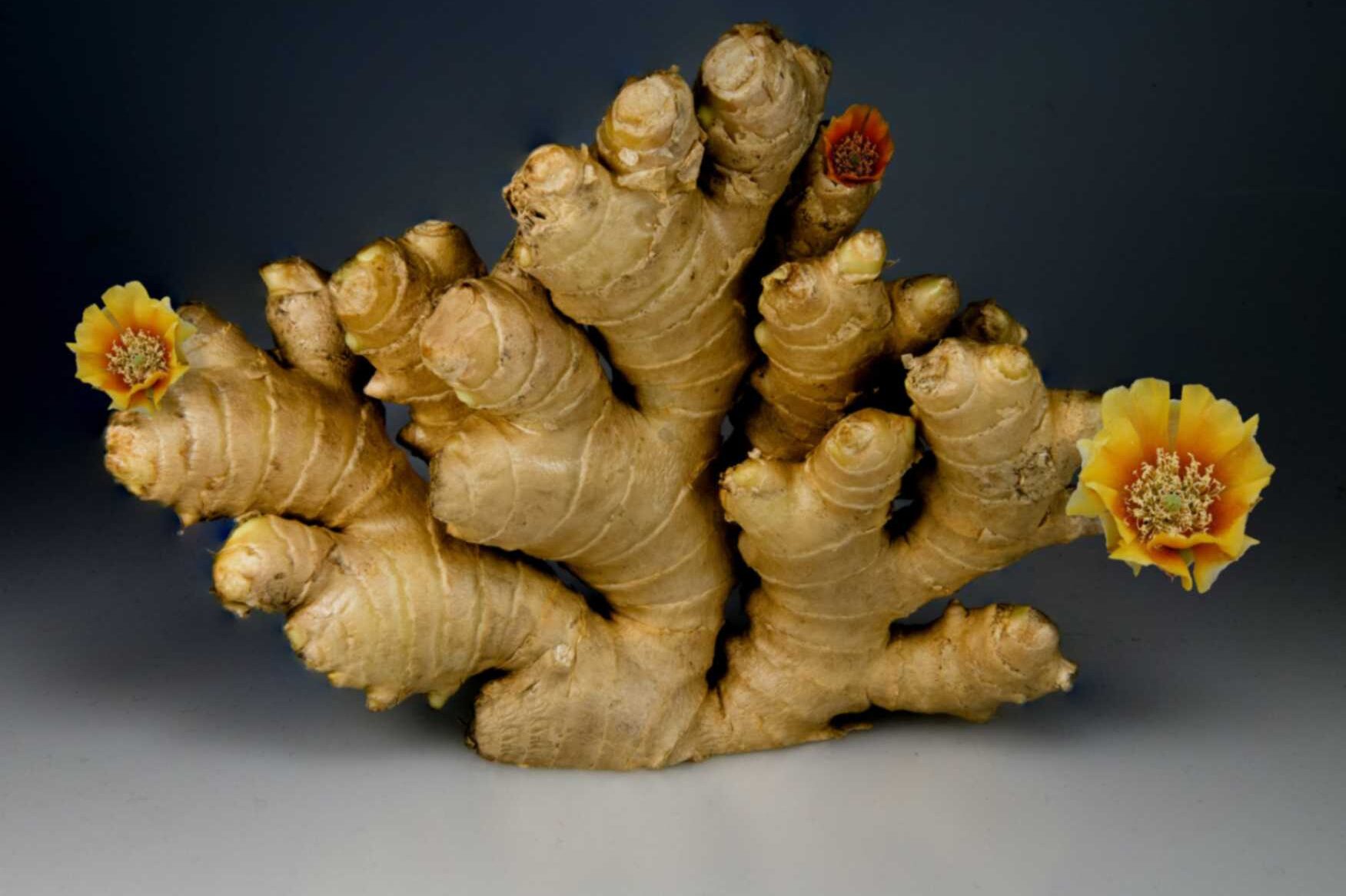
Due to its culinary and therapeutic qualities, ginger (Zingiber officinale) has been utilized for ages in many different cultures. Ginger has numerous health benefits, which are attributed to its active components, including gingerol. The following are a few possible advantages of ginger:
- Anti-Nausea and Anti-Vomiting
- Digestive Health
- Anti-Inflammatory Effects
- Pain Relief
- Immune System Support
- Menstrual Pain Relief
- Cardiovascular Health
- Anti-Bacterial Properties
- Antioxidant Properties
- Improved Cognitive Function
8. Garlic (Allium sativum)
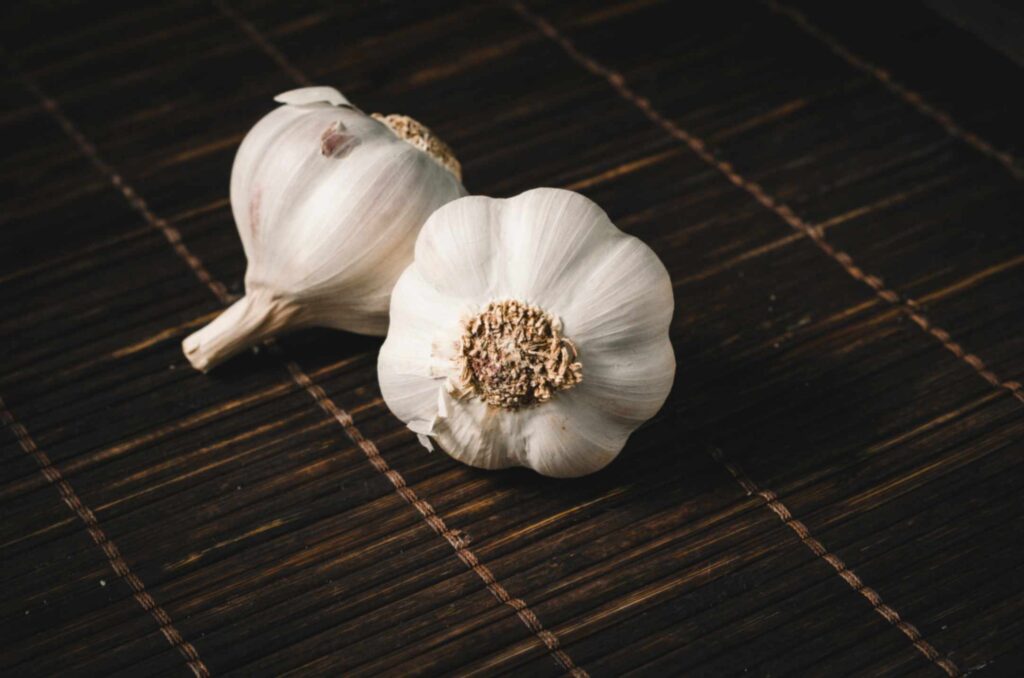
For thousands of years, people have employed the popular herb garlic (Allium sativum) for both culinary and medical uses. It has a number of bioactive substances that may be good for your health. The following are a few possible advantages of garlic:
- Cardiovascular Health
- Antioxidant Properties
- Anti-Inflammatory Effects
- Antibacterial and Antiviral Properties
- Improved Cholesterol Levels
- Detoxification
- Blood Sugar Regulation
- Bone Health
- Digestive Health
- Anti-aging Properties
9. Cinnamon (Cinnamomum verum)

In addition to being a well-liked spice, cinnamon—which is made from the bark of Cinnamomum verum trees—may provide a number of health advantages. These are a few advantages of using cinnamon:
- Antioxidant Properties
- Blood Sugar Regulation
- Heart Health
- Improved Insulin Sensitivity
- Antibacterial and Antifungal Properties
- Brain Health
- Weight Management
- Digestive Health
- Reduced Risk of Heart Disease
- Improved Cognitive Function
10. Fenugreek (Trigonella foenum-graecum)
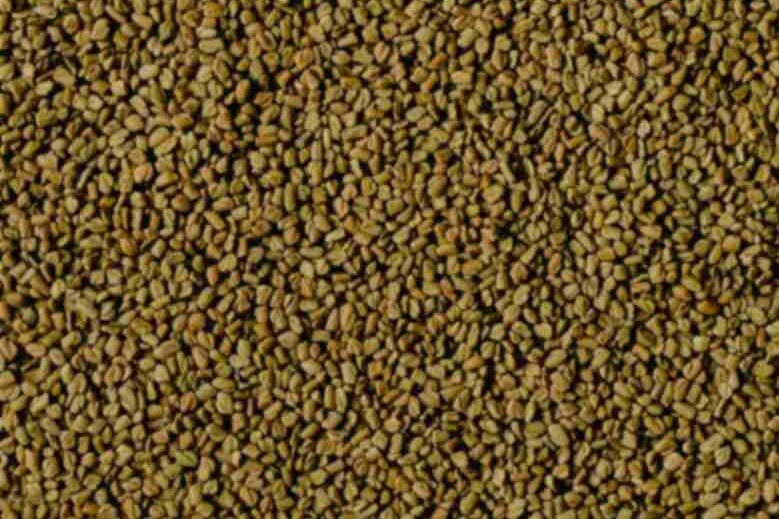
For millennia, people have utilized fenugreek, also known as Trigonella foenum-graecum, for its culinary and medicinal properties. The following are a few possible advantages of fenugreek:
- Digestive Health
- Blood Sugar Regulation
- Weight Management
- Lactation Support
- Heart Health
- Anti-Inflammatory Properties
- Menstrual Comfort
- Skin Health
- Respiratory Health
- Anti-Cancer Properties
11. Giloy (Tinospora cordifolia)

Giloy, sometimes called Guduchi or Tinospora cordifolia, is a traditional Ayurvedic herb that has been used for generations in Indian medicine. It is well-known for providing numerous health advantages. The following are a few possible advantages of Giloy:
- Immune System Support
- Antioxidant Properties
- Anti-Inflammatory Effects
- Fever Reduction
- Liver Health
- Digestive Health
- Anti-Diabetic Potential
- Urinary Health
- Memory and Cognitive Function
- Anti-Aging Properties
12. Haritaki (Terminalia chebula)

A vital component of traditional Ayurvedic medicine, haritaki (also called Terminalia chebula) is one of the three fruits in the popular Ayurvedic recipe Triphala. The following are a few possible benefits of Haritaki:
- Digestive Health
- Detoxification
- Antioxidant Propertie
- Anti-inflammatory Effects
- Heart Health
- Weight Management
- Respiratory Health
- Skin Health
- Diabetes Management
- Joint Health
13. Amalaki (Emblica officinalis)
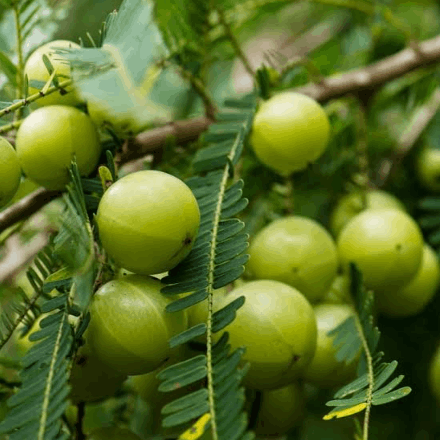
Because of its many health benefits, amalaki, also known as Indian gooseberry or amla (Emblica officinalis), is a fruit that has been utilized in ancient Ayurvedic medicine. The following are a few possible benefits of amalaki:
- Rich in Vitamin C
- Antioxidant Properties
- Anti-Inflammatory Effects
- Digestive Health
- Heart Health
- Hair and Skin Health
- Vision Health
- Balancing Doshas in Ayurveda
- Respiratory Health
- Immune System Support
14. Bibhitaki (Terminalia bellirica)
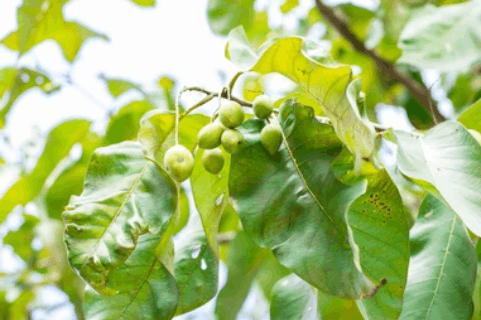
Bibhitaki, whose scientific name is Terminalia bellirica, is one of the three fruits that go into making the famous Triphala Ayurvedic recipe. These three fruits have different health benefits: Amalaki (Emblica officinalis), Bibhitaki (Terminalia bellirica), and Haritaki (Terminalia chebula). The following are some possible advantages connected especially to Bibhitaki:
- Digestive Health
- Detoxification
- Antioxidant Properties
- Respiratory Health
- Anti-inflammatory Effects
- Liver Support
- Cholesterol Management
- Blood Sugar Regulation
- Anti-bacterial and Antiviral Properties
- Eye Health
15. Cardamom (Elettaria cardamomum)

Cardamom (Elettaria cardamomum) is a spice with a unique flavor and perfume that has been traditionally utilized in cooking and medicine throughout many civilizations. The following are a few possible advantages of cardamom:
- Digestive Health
- Anti-inflammatory Effects
- Antioxidant Properties
- Blood Pressure Regulation
- Bad Breath Prevention
- Heart Health
- Respiratory Health
- Diuretic Effect
- Antimicrobial Properties
- Menstrual Pain Relief
16. Pippali (Piper longum)

Because of its many health advantages, the spice pippali, also known as long pepper (Piper longum), has been utilized in ancient Ayurvedic medicine. The following are a few possible advantages of Pippali:
- Digestive Health
- Respiratory Support
- Anti-Inflammatory Effects
- Antioxidant Properties
- Weight Management
- Circulation and Cardiovascular Health
- Immune System Support
- Reproductive Health
- Adaptogenic Properties
- Liver Health
17. Shankhpushpi (Convolvulus pluricaulis)

Due to its possible neurological and cognitive effects, the ancient Ayurvedic herb sankhpushpi (Convolvulus pluricaulis) has been utilized for millennia. It is well renowned for having nervine and adaptogenic qualities. The following are a few possible advantages of Shankhpushpi:
- Cognitive Enhancement
- Stress and Anxiety Reduction
- Nervous System Support
- Mood Stabilization
- Antioxidant Properties
- Sleep Aid
- Anti-Inflammatory Effects
- Improvement in Learning and Cognitive Skills
- Enhanced Blood Circulation to the Brain
- Reduction in Mental Fatigue
18. Kalmegh (Andrographis paniculata)

Ayurvedic and traditional medical systems have long employed kalmegh (Andrographis paniculata), also called Andrographis, as a medicinal herb. It is well-known for both its bitter flavor and many health advantages. The following are a few possible advantages of Kalmegh:
- Immune System Support
- Antiviral Properties
- Antibacterial and Antifungal Effects
- Anti-inflammatory Effects
- Liver Health
- Respiratory Health
- Anti-diabetic Effects
- Anti-cancer Properties
- Anti-allergic Effects
- Gastrointestinal Health
19. Guggul (Commiphora wightii)

Guggul is a traditional herbal cure that has been used in Ayurvedic medicine for a variety of health issues. It is made from the resin of the Commiphora wightii tree. The following are a few possible advantages of guggul:
- Cholesterol Regulation
- Anti-Inflammatory Properties
- Weight Management
- Antioxidant Effects
- Thyroid Function
- Anti-Bacterial and Anti-Fungal Properties
- Anti-Arthritic Effects
- Blood Sugar Regulation
- Dental Health
- Cardiovascular Health
20. Moringa (Moringa oleifera)

The nutrient-rich plant moringa (Moringa oleifera) has become well-known as a superfood because of all of its health advantages. The leaves, seeds, pods, and roots of the moringa tree have all been utilized for a variety of dietary and therapeutic uses. The following are a few possible advantages of moringa:
- Nutrient-Rich
- Antioxidant Properties
- Anti-Inflammatory Effects
- Lowering Cholesterol
- Blood Sugar Regulation
- Blood Pressure Regulation
- Anti-Cancer Properties
- Antimicrobial and Antibacterial Effects
- Anti-Asthmatic Effects
- Improved Wound Healing
You might also be interested in Yoga poses for back relief

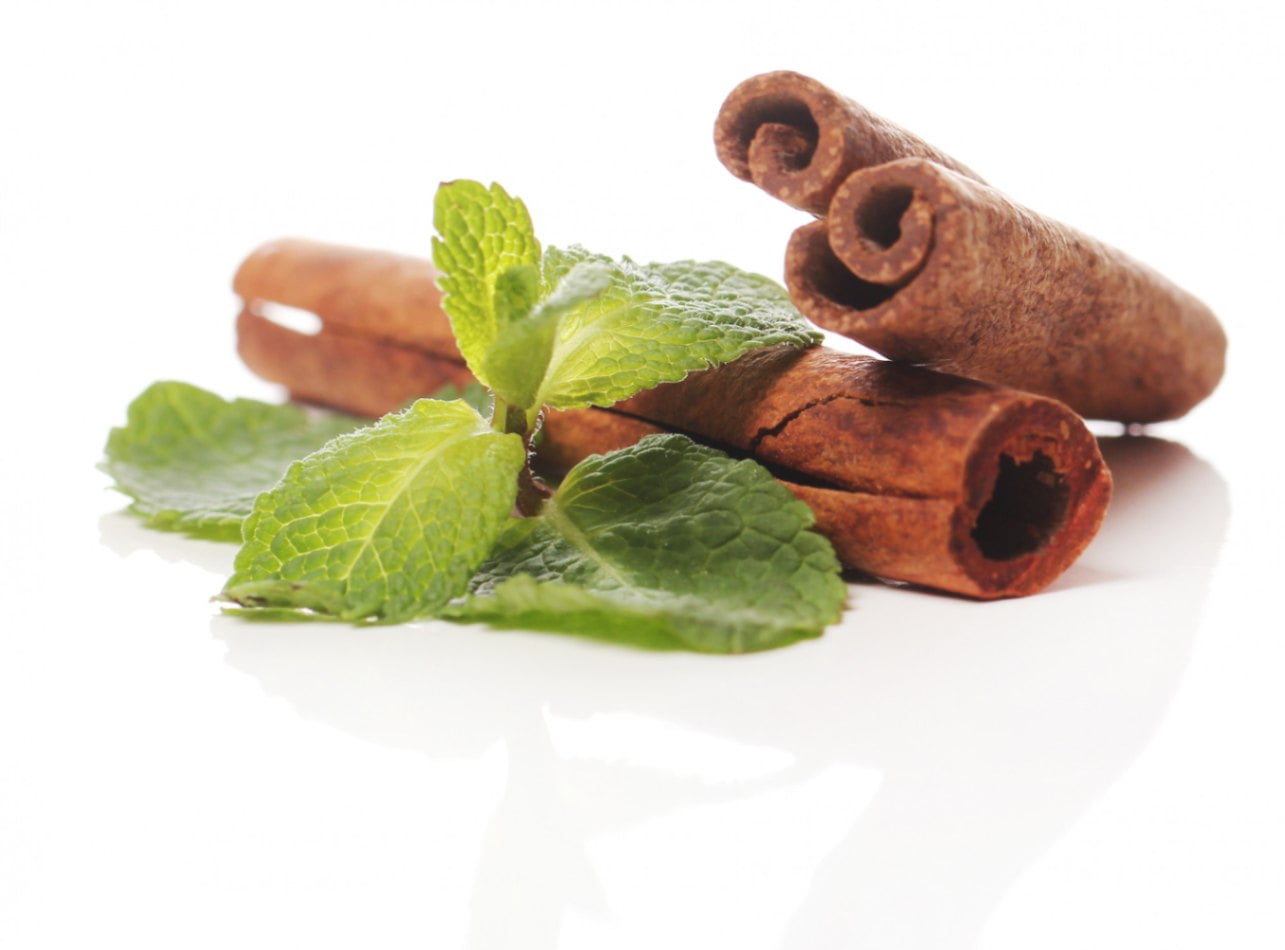
Wow !